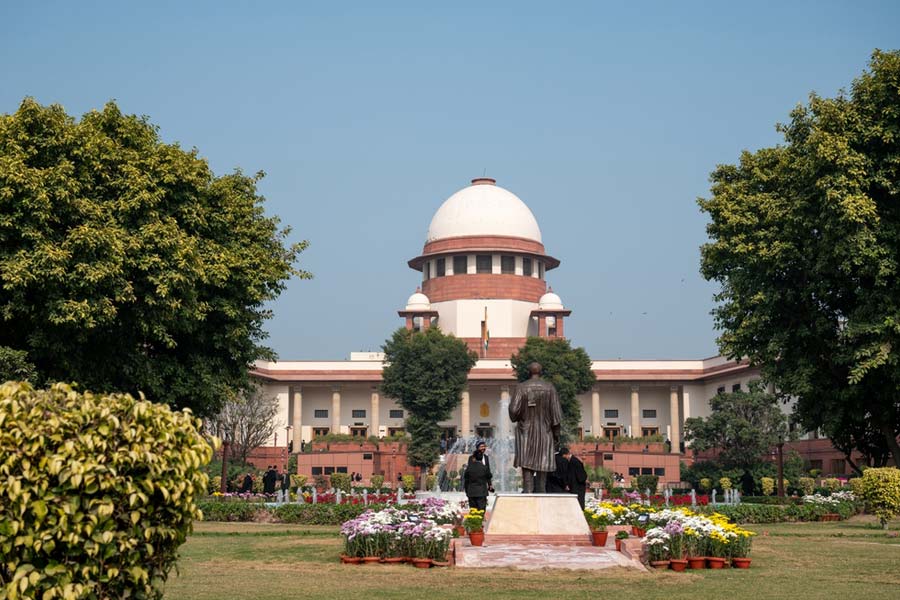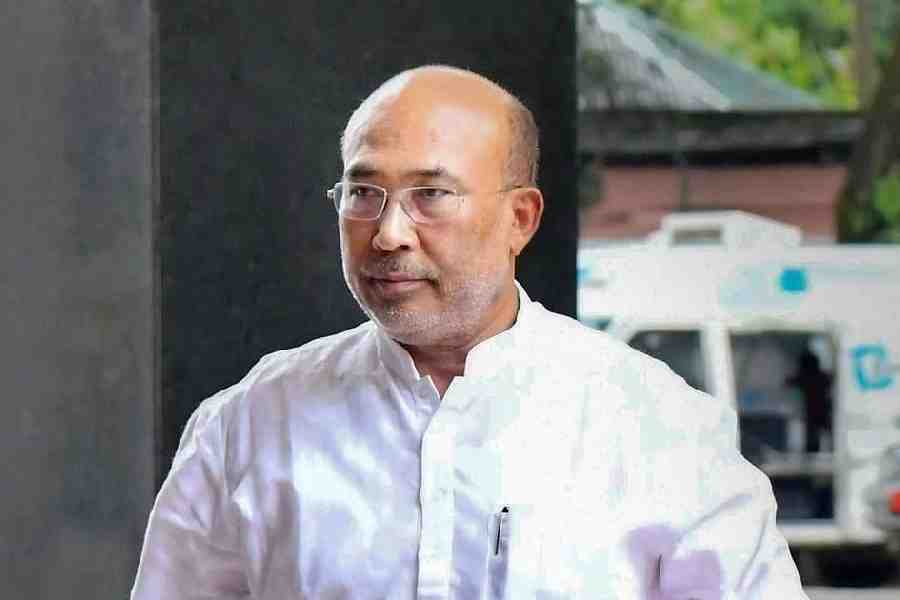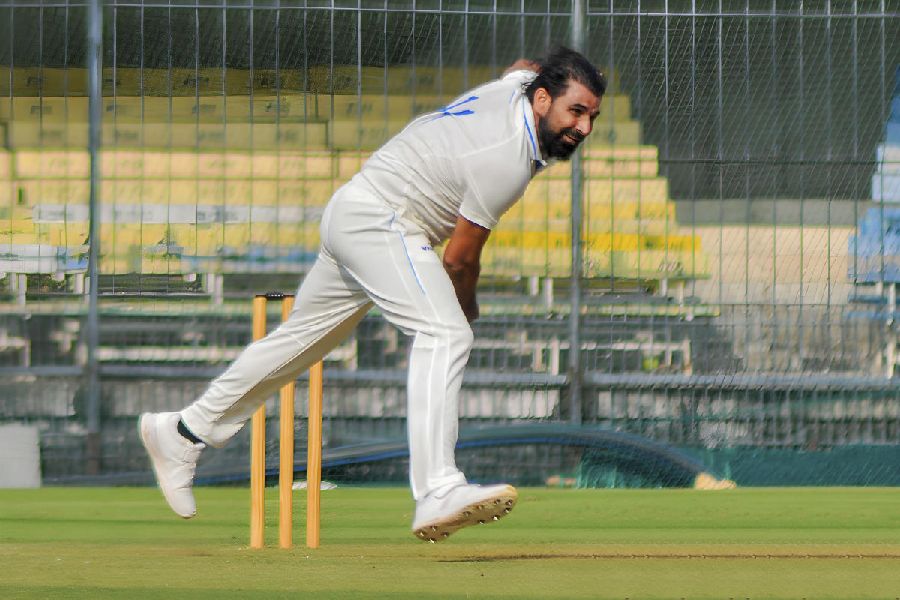In a nation afflicted with entrenched gender-based prejudices, it is the highest court of the land that has shone as a beacon of hope for doing away with such discrimination. It recently did so when it pulled up the Indian army for not allowing women to sit for the entrance examinations of the National Defence Academy, saying that such a “policy decision... is based on gender discrimination”. This is not the first time that the Supreme Court has had to intervene in decisions related to the rights and representation of women in the armed forces. In a landmark verdict last year, it enabled women officers in the army to get permanent commission and command postings; it had also pulled up the Centre for its blatantly sexist arguments against women officers. Among other things, the government had said that male officers would not want to ‘accept orders’ from women and that the ‘inherent physiological differences’ between men and women render the latter unfit for performance on a par with men.
It is a pity that the apex court has had to step in on different occasions to direct both the Union government and the Indian army to give women their due as equal citizens. Neither the provision for permanent commission nor the right of women to appear for the NDA exams can be viewed as an unfair entitlement, especially when women personnel have already proved their worth with their exemplary performances in the short service commission. Several countries with powerful militaries, such as the United States of America and Israel, allow women in different forms of active combat. In contrast, the Indian army — the world’s second-largest — still has an official ban on women taking on combat roles; women also comprise a paltry 3.8 per cent of the army’s personnel. While common sense dictates that gallantry and displays of capability be rewarded with equal opportunities, the reluctance of both the Centre and the army to do so only reinforces the belief that the structural exclusion of women is the result of a wider form of conservatism. This makes the Supreme Court’s recent stand encouraging; it may create a momentum in favour of fairer gender representation not just in the army but also in other institutions. The judiciary’s consistent and progressive stance on such matters notwithstanding, uprooting gender disparities in India is a long-term challenge, one that can be confronted with the help of supportive legislations by a political constituency receptive to the need for equality.











